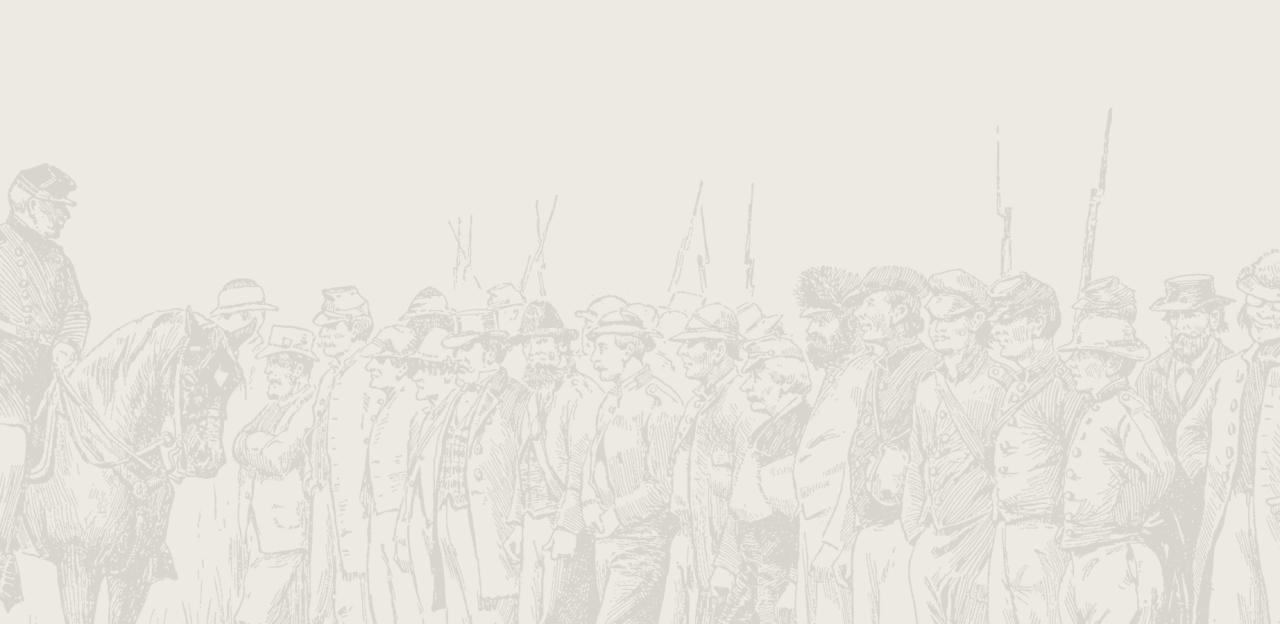Appomattox Court House

The Battle of Appomattox Court House
Surrender
Approximately 9,000 men under Gordon and Fitzhugh Lee deployed in the fields west of the village before dawn and waited. The attack, launched before 8:00 a.m. and led by General Bryan Grimes of North Carolina, was initially successful. The outnumbered Union cavalry fell back, temporarily opening the road. But it was not to be. Union infantry began arriving from the west and south, completing Lee’s encirclement. Meanwhile, Longstreet’s troops were being pressed from the rear near New Hope Church, three miles to the east. General Ulysses S. Grant’s goal of cutting off and destroying Lee’s army was close at hand.
Bowing to the inevitable, Lee ordered his troops to retreat through the village and back across the Appomattox River. Small pockets of resistance continued until flags of truce were sent out from the Confederate lines between 10:00 and 11:00 a.m. Rather than destroy his army and sacrifice the lives of his soldiers to no purpose, Lee decided to surrender the Army of Northern Virginia.
Although not the end of the war, the surrender of Lee’s Army of Northern Virginia set the stage for its conclusion. Through the lenient terms, Confederate troops were paroled and allowed to return to their homes while Union soldiers were ordered to refrain from overt celebration or taunting. These measures served as a blueprint for the surrender of the remaining Confederate forces throughout the South. Although a formal peace treaty was never signed by the combatants, the submission of the Confederate armies ended the war and began the long and difficult road toward reunification.


